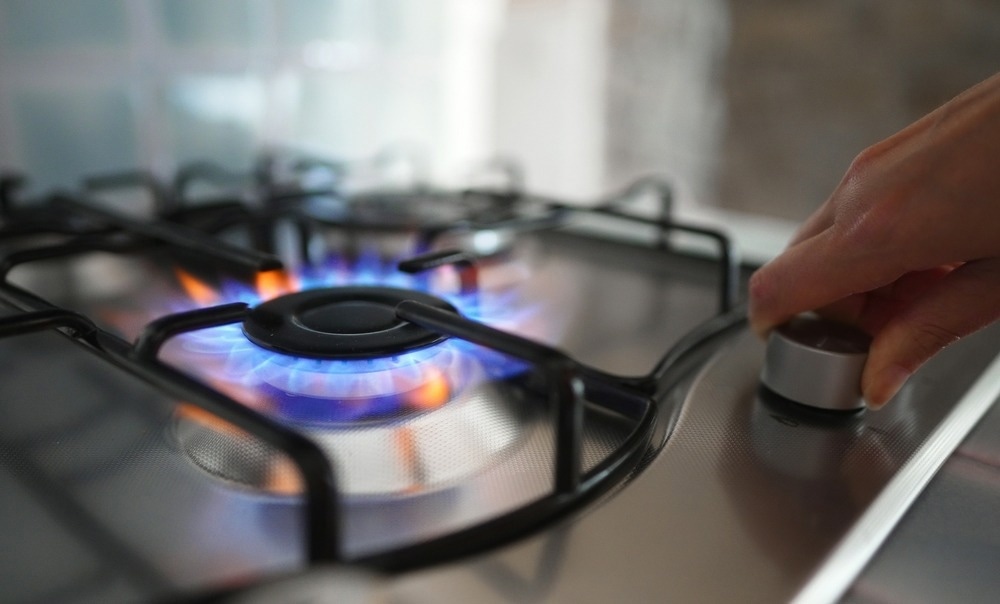In a recent systematic review and meta-analysis published in The Lancet Respiratory Medicine, researchers examined the evidence for the health effects of using gaseous fuels for heating and cooking in different countries. They found that switching from polluting fuels to gaseous fuels for household purposes could reduce health risks, especially in low-income countries.

Background
Household air pollution from solid fuel combustion causes 3.2 million preventable deaths annually. The transition to clean liquid and gaseous fuels, which is critical for low- and middle-income countries (LMICs), is recognized to address this burden. The present study synthesizes evidence on the health effects of domestic use of liquid and gaseous fuels, highlighting the urgent need for a clean transition to achieve the Sustainable Development Goals. Although electricity is the cleanest, its limited availability in LMICs necessitates scalable alternatives.
This systematic review and meta-analysis examines the health effects of gaseous and liquid fuels, excluding polluting liquid fuels for lighting (solid fuels, kerosene), and highlights the potential respiratory effects of gas use, informing global policies to rapidly transition to -clean household energy.
About the research
Major databases including PubMed, Scopus, MEDLINE, Cochrane Library, Environment Complete, Web of Science, GreenFile, Wanfang DATA, Google Scholar and CNKI were searched for the systematic review. Studies published between 1980 and 2021 focused on the health effects of cooking and heating with liquid and gaseous fuels (natural gas, liquefied petroleum gas (LPG), biogas) were selected. Studies related to lighting or specific pollutants without a health outcome were excluded. A total of 216 studies were included in the systematic review, while 116 studies were included in the meta-analysis.
Data were extracted using an Excel form refined over 15 rounds, capturing study details, fuel types, comparators, population characteristics, health outcomes and outcomes. The Liverpool Quality Assessment Tools (LQATs) assessed study quality by considering aspects such as selection, response bias, measurement of exposure and confounding. Quality scores (as percentages) were categorized as at least average quality (>60%) and worse quality (≤60%). This approach aimed to assess the potential impact of methodological quality on summary effect estimates in meta-analyses without assuming a hierarchy of evidence.
The meta-analyses focused on five health outcomes: asthma (child and adult), acute lower respiratory tract infections, chronic lung disease, respiratory symptoms and adverse pregnancy outcomes. Studies with consistent definitions of health conditions and exposure to any gaseous household energy fuel were pooled for analysis. A random effects meta-analysis was used and adjusted estimates were preferred. Funnel plots and statistical tests assess publication bias. Forest plots were stratified by age group and condition. Separate analyzes compared gaseous or liquid fuels with clean (electricity) and polluting (wood, charcoal, kerosene) reference groups, with sensitivity analyzes for studies with unclear reference groups.
Results and discussion
According to the study, gaseous fuels showed a 35% lower risk of asthma in adults compared to polluting fuels. However, no significant difference was observed in the risk of asthma in children. For acute lower respiratory tract infections or pneumonia, gas cooking reduced the risk by 46% compared with polluting fuels, but increased the risk by 26% compared with electricity.
Gaseous fuels are associated with a significantly 64% lower risk of chronic lung diseases, including chronic obstructive pulmonary disease and bronchitis. Adverse pregnancy outcomes, such as preterm birth and low birth weight, showed lower risks (34% and 30% reduction, respectively) when using cooking gas compared to polluting fuels.
Furthermore, gaseous fuels were associated with a 58% lower risk of wheezing, but showed a non-significant increase in the risk of coughing compared to electricity. The risk of shortness of breath is significantly lower when using gas compared to polluting fuels.
This is the first study to systematically review the global health effects of gaseous fuels (for household cooking and heating. Unlike previous reviews, it comprehensively looks at different health outcomes and evaluates both polluting and clean (electricity) reference options.
Conclusion
In conclusion, switching from solid fuels or kerosene to clean gaseous fuels for cooking or heating is associated with a significantly lower risk of key health outcomes, contributing to a reduction in the global burden of disease from pollution. In low- and middle-income countries where the burden is highest, gaseous fuels (especially LPG) represent an effective short- to medium-term option for scalable adoption. However, there is a slight increase in risk when using gaseous fuels compared to electricity.
Electricity can remain a priority for clean cooking where possible, highlighting the transitional role of gaseous fuels in regions without access to renewable electricity alternatives. The findings contribute crucial evidence to inform clean energy policies at the national level, particularly in low- and middle-income countries, to effectively address the health burden associated with household air pollution.
